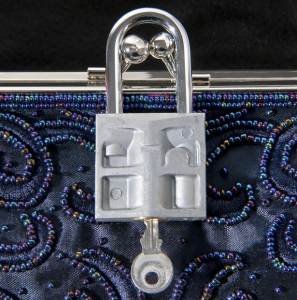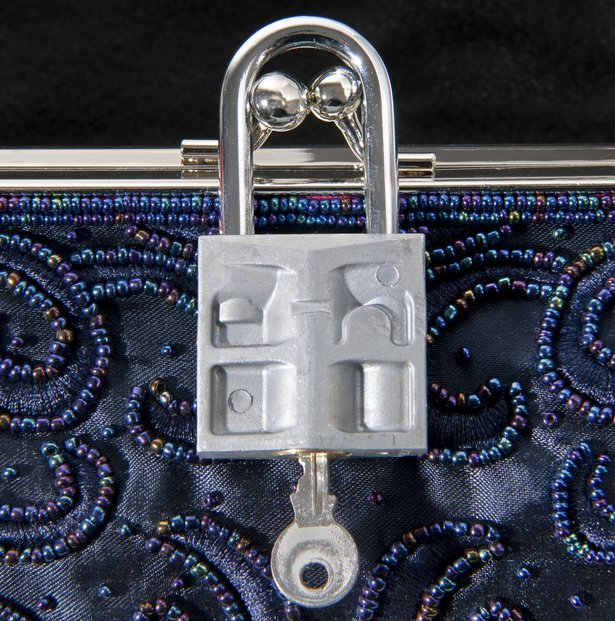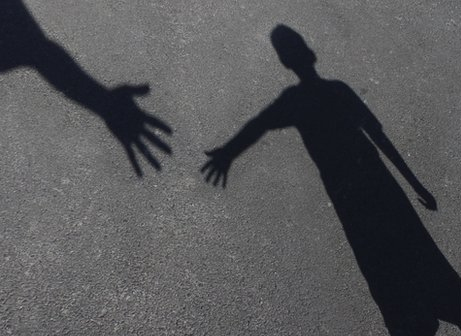
It was not surprising to read the article in The Atlantic Monthly, “Why The Rich Don’t Give To Charity”.
Read it quickly, then come back so we can talk….
If you can’t read it, here are the big points, quoting from the article:
- One of the most surprising, and perhaps confounding, facts of charity in America is that the people who can least afford to give are the ones who donate the greatest percentage of their income.
- In a series of controlled experiments, lower-income people and people who identified themselves as being on a relatively low social rung were consistently more generous with limited goods than upper-class participants were. Notably, though, when both groups were exposed to a sympathy-eliciting video on child poverty, the compassion of the wealthier group began to rise, and the groups’ willingness to help others became almost identical.
So, wealthy folks give relatively less than the less wealthy. But when the wealthy are exposed to the need, to the same degree as others, they give the same as the others.
Not surprising.
This situation perfectly illustrates what Jeff and I have been saying about taking the donor to the scene. I have written extensively about this in my series with the same name. Take a read.
Here’s what you as an MGO need to do with this information:
- Stop being afraid of the wealthy donors on your caseload. It’s funny how some people change their behavior when they are around people who have a lot of money. My wife and I were with a very wealthy couple last month (net worth $750 million). They have a ton of money. But they are no different when it comes to caring about others and being vulnerable and real. They are good people.
- Start thinking about wealthy donors the way you think about the average donor. Quit making those judgments that wealthy donors are stingy, uncaring and selfish people – more so than other people. Maybe you don’t aggressively or publicly take that stance, but in your heart, do you have that bias? If you do, you must get rid of it. Wealthy people are no more stingy or self-centered than those people who have less wealth. And if you can embrace this truth – that all of us are just the same – it will help you in your work.
- Figure out ways to take wealthy donors to the scene. The key challenge with the wealthy donors on your caseload is how to take them to the scene – to help them get close to what your organization does. And THAT, and nothing else, should be your focus with these good people – a focus that makes a concerted and creative effort to figure out how to get them into the action. A good friend and talented major gift officer does this really well. First, she builds a relationship with her wealthy donor. She does this by maintaining a mentality that they are just regular folks, not people who are different. Then she persuades them to come with her into the need. “It won’t take very long,” she tells them. “And it will be so satisfying, believe me.” And they go. And when they come back, one couple gives $5 million in cash, another couple gives $2.5 million in cash. It’s almost like falling off a log. There is no manipulation. There is no fancy sleight of hand. It is just one regular person leading another regular person into the scene and letting the need grab their hearts.
F. Scott Fitzgerald was talking to Ernest Hemingway one day. He said to Ernest, “Let me tell you about the very rich. They are different than you and me.”
“Yes,” Ernest replied. “They have more money.”
And that is the only point. They have more money. Keep this in mind as you work with those people on your caseload who have been blessed with more money than the rest of us. It will make a tremendous difference in how you behave.
Richard







0 Comments
Trackbacks/Pingbacks